
You know that restless feeling—the one that hits when you’re stuck in traffic or staring at the same four walls, wondering if life could be lived differently? It can.
What if there were places where a modest sum opened doors not just to a new address, but to a new identity, rhythm, and daily view? No tangled red tape, no millionaire price tags—just clear paths, welcoming borders, and the freedom to start over or slow down.
This isn’t a fantasy. These 15 destinations are handing out real keys to a new life, for less than a year’s rent in most big cities.
1. Portugal – The Sweet Spot of Affordability and Lifestyle
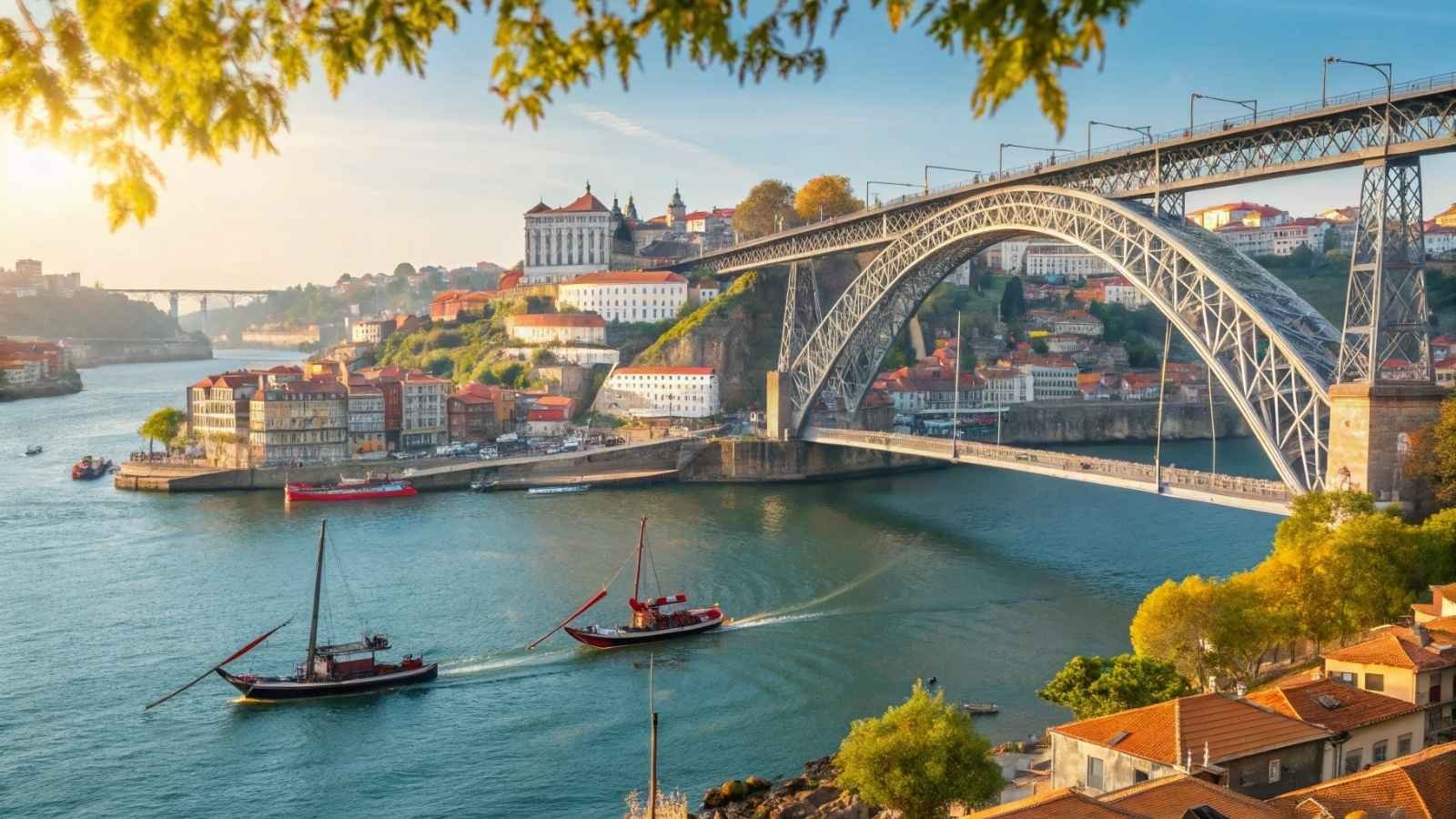
Portugal has quietly become one of Europe’s most welcoming countries for those looking to relocate affordably. While the well-known Golden Visa is pricier, Portugal’s D7 Visa—ideal for retirees, remote workers, or passive income earners—offers a legal path to residency with proof of modest income and low upfront costs (well under $25k in most cases, including rent and processing). You don’t even need to buy property—a rental lease will do.
Beyond the paperwork, Portugal is pure magic. Think tiled streets, ocean breezes, pastel de nata in hand, and people who greet you like an old friend. Cities like Lisbon and Porto are cosmopolitan without being overwhelming, while the Algarve’s sun-drenched coast offers a peaceful, beachside lifestyle with a strong expat network.
And the best part? The country is consistently ranked for high quality of life, safety, and healthcare, all while remaining surprisingly affordable. Residency can later lead to citizenship after five years, making Portugal not just a temporary escape but a permanent option.
Quick Facts:
- Visa Type: D7 Visa (passive income or remote worker residency)
- Residency Cost Estimate: ~$6,000–$10,000 including rent, fees, and health insurance
- Best Months to Visit: April–June and September–October for mild weather and fewer crowds
- Income Requirement: ~€820/month for a single person
- Path to Citizenship: After 5 years
- Healthcare: Public and private systems; expats can access both
- Languages Spoken: Portuguese (English widely spoken in urban and tourist areas)
2. Greece – Residency with an Island View

Greece’s financial residency programs used to fly under the radar, but the country now offers a financially independent person (FIP) visa for non-EU citizens who can show a steady income and basic accommodation—all doable for under $25k in total setup.
Greece isn’t just beautiful—it’s soulful. Every corner has history, from crumbling columns in Athens to centuries-old fishing villages in Crete. The lifestyle is slower here, and it’s all about sunshine, strong coffee, and long dinners with neighbors. For digital nomads and retirees alike, this Mediterranean haven delivers that sweet blend of relaxation and culture.
Add in affordable rent (especially outside of tourist hotspots), a low cost of living, and access to the EU Schengen zone, and Greece becomes a seriously attractive deal for long-term living. It also allows you to renew residency relatively easily, and you’re just a ferry ride from your next island weekend.
Quick Facts:
- Visa Type: Financially Independent Person Visa
- Residency Cost Estimate: ~$7,000–$12,000 including lease, legal fees, and health insurance
- Best Months to Visit: May–June and September (warm and dry, not too hot)
- Income Requirement: ~€2,000/month
- Path to Citizenship: After 7 years of residency
- Healthcare: Affordable public and private options
- Languages Spoken: Greek (English is common in major cities and tourist areas)
3. Spain – La Vida Local, Legally
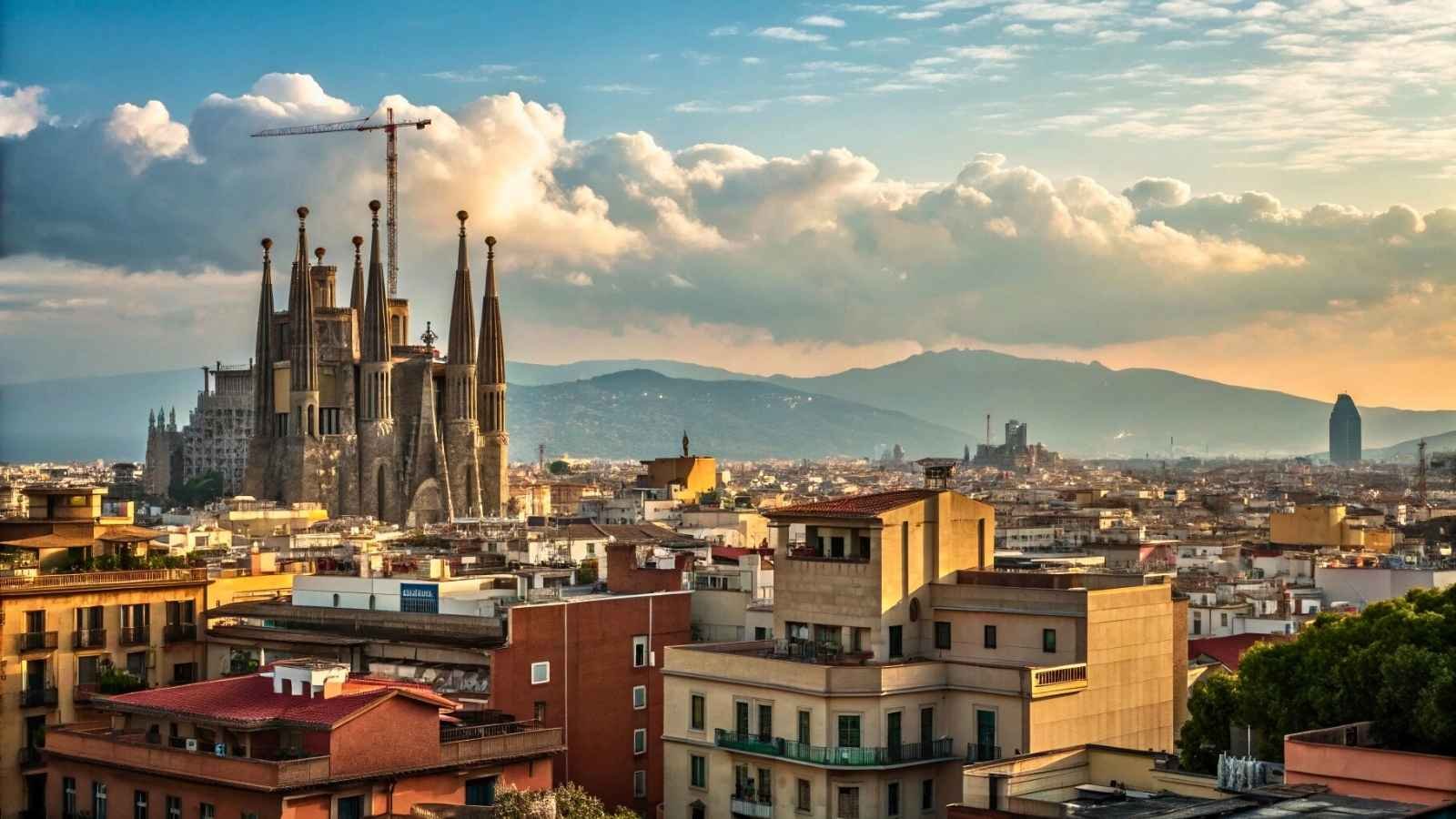
Spain’s Non-Lucrative Visa (NLV) is an ideal choice for non-EU citizens with passive income or remote work. It’s surprisingly accessible on a modest budget, and many applicants get through the process with under $20,000 total, especially if they’re not buying real estate.
This isn’t a residency that locks you away in bureaucracy. Spain actively welcomes people who want to live quietly, spend locally, and integrate. Whether you’re drawn to Valencia’s charming neighborhoods, Andalusia’s Moorish flair, or the Basque Country’s foodie scene, there’s a region for every lifestyle—and rents can be shockingly affordable once you look outside Madrid or Barcelona.
Spain also offers top-notch public healthcare, robust public transport, and a vibrant culture that values balance. And yes, tapas help make everything better. Over time, this visa can evolve into permanent residency and eventually citizenship, as long as you’re willing to brush up on your Spanish.
Quick Facts:
- Visa Type: Non-Lucrative Visa
- Residency Cost Estimate: ~$8,000–$15,000 depending on lifestyle and region
- Best Months to Visit: April–June and September–October
- Income Requirement: ~€2,400/month for individuals
- Path to Citizenship: After 10 years (2 years for Latin American citizens)
- Healthcare: Universal public system + private options
- Languages Spoken: Spanish (regional dialects common)
4. Italy – Residency for the Dolce Vita

Italy’s Elective Residency Visa is perfect for those with independent income sources who want to settle in one of the most beloved destinations on earth. While the visa doesn’t allow you to work for Italian companies, it gives you a chance to fully immerse yourself in Italian life—from sipping espresso in sun-drenched piazzas to bargaining for tomatoes at a local market.
Many regions in Southern Italy, or small villages, offer incredibly low rents, which keep your total move-in cost comfortably under $25k. Combine that with Italy’s free public healthcare (after registration) and a relatively laid-back application process, and this becomes an attractive base in Western Europe.
Italy may ask for a bit more paperwork and patience, but in return, you get everyday access to art, history, and natural beauty. Plus, once you have residency, you can travel freely throughout the Schengen zone.
Quick Facts:
- Visa Type: Elective Residency Visa
- Residency Cost Estimate: ~$9,000–$14,000
- Best Months to Visit: May, September, and October
- Income Requirement: ~€31,000/year for individuals (passive income only)
- Path to Citizenship: After 10 years
- Healthcare: Free public healthcare after registration
- Languages Spoken: Italian (English less common outside cities)
5. Malta – Small Island, Big Opportunities
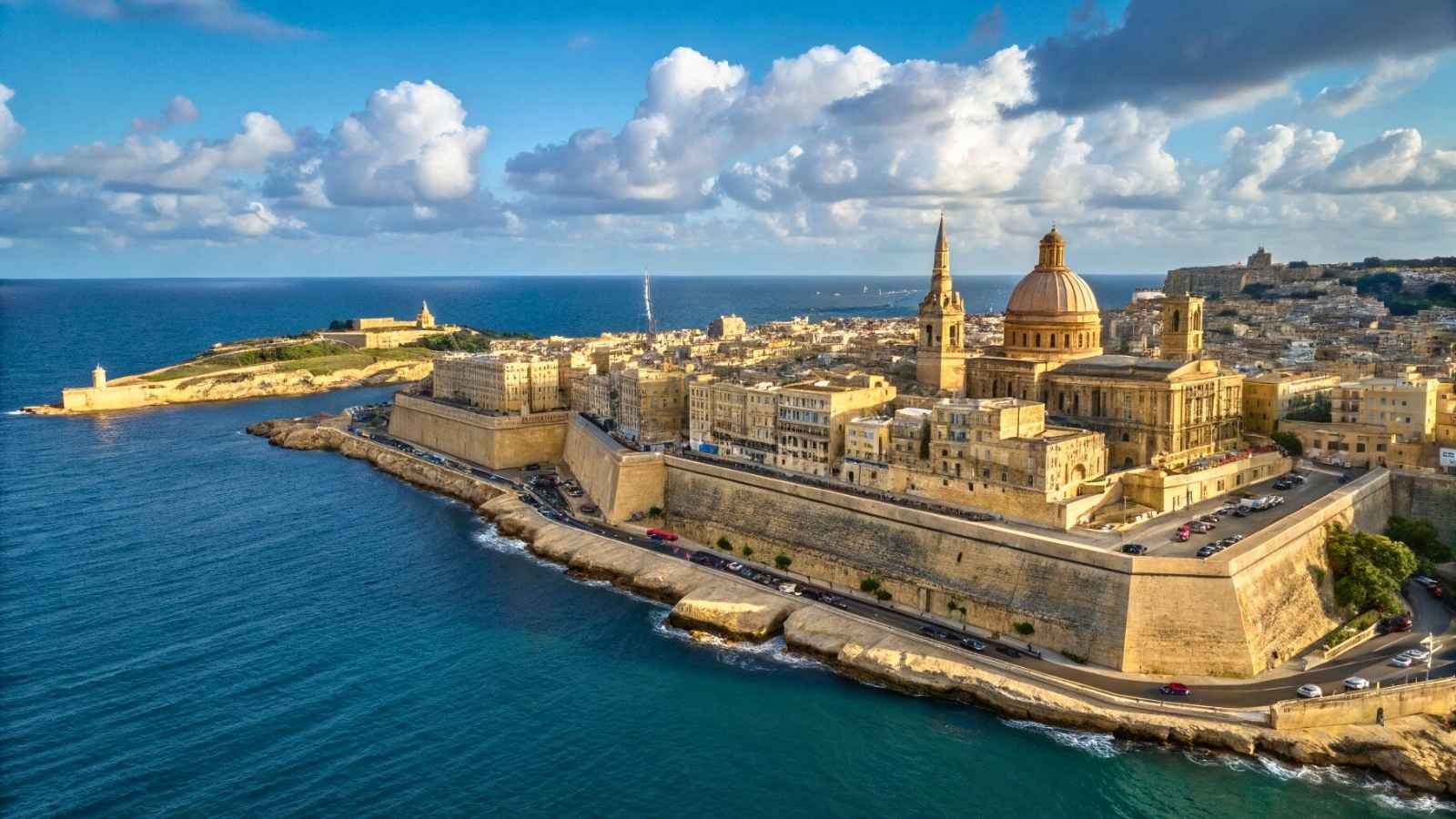
Malta might be one of the smallest countries in Europe, but it offers one of the most streamlined residency processes for those who meet its relatively modest financial requirements. While its investment citizenship program is well-known and expensive, Malta’s Global Residence Program and Nomad Residence Permit are under $25k setups for remote workers and retirees.
The island nation offers a unique blend of Mediterranean charm and British-influenced efficiency. English is an official language, and that’s a massive bonus for integration and paperwork. The healthcare system is excellent, crime is low, and sunshine is almost guaranteed year-round.
What sets Malta apart is its strategic location. It’s a peaceful home base with easy access to Europe, North Africa, and the Middle East. Whether you’re diving in Blue Lagoon waters or working from a historic stone balcony, Malta delivers a high-quality life at a digestible cost.
Quick Facts:
- Visa Type: Global Residence Program / Nomad Residence Permit
- Residency Cost Estimate: ~$10,000–$20,000, depending on type
- Best Months to Visit: April–June and September–November
- Income Requirement: ~€2,700/month (varies by permit)
- Path to Citizenship: After 5 years (but requires deeper integration and investment)
- Healthcare: High-quality public and private options
- Languages Spoken: English and Maltese
6. Cyprus – A Quiet Shortcut to the EU
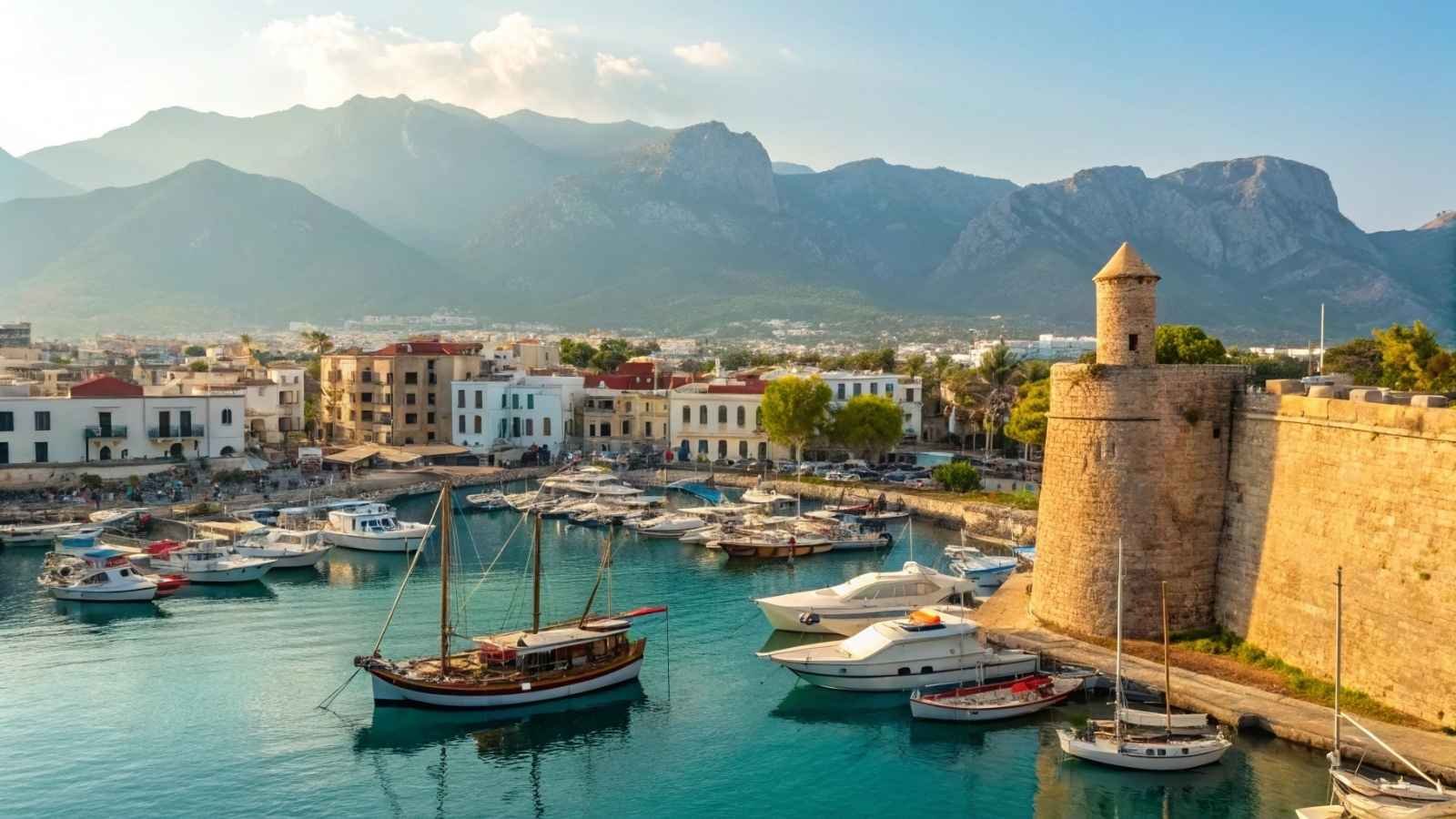
Cyprus is often overlooked in favor of flashier destinations, but it’s one of the easiest and most affordable countries in the EU to gain legal residency. Its Category F residence permit caters to those with a stable income and a desire to live long-term in a Mediterranean paradise—no massive investment required. Rent a modest home, show basic financial self-sufficiency, and you’re on your way.
Cyprus offers a unique lifestyle: Greek influence in the south, Turkish flavor in the north, and a distinct island rhythm that blends the two. Coastal towns like Larnaca or Paphos offer affordable living, beach access, and a warm local culture. The country is also surprisingly digital-nomad-friendly, and tax incentives sweeten the deal for remote workers.
If you’re after a low-tax, low-stress lifestyle with warm weather nearly year-round, Cyprus is a highly strategic and under-the-radar base.
Quick Facts:
- Visa Type: Category F Permanent Residency
- Residency Cost Estimate: ~$10,000–$18,000, depending on lifestyle
- Best Months to Visit: March–May and October–November
- Income Requirement: ~€10,000/year + ~€5,000 for each dependent
- Path to Citizenship: After 7 years
- Healthcare: Public system available after registration; affordable private options
- Languages Spoken: Greek and Turkish (English widely spoken)
7. Latvia – Northern Europe’s Hidden Gateway
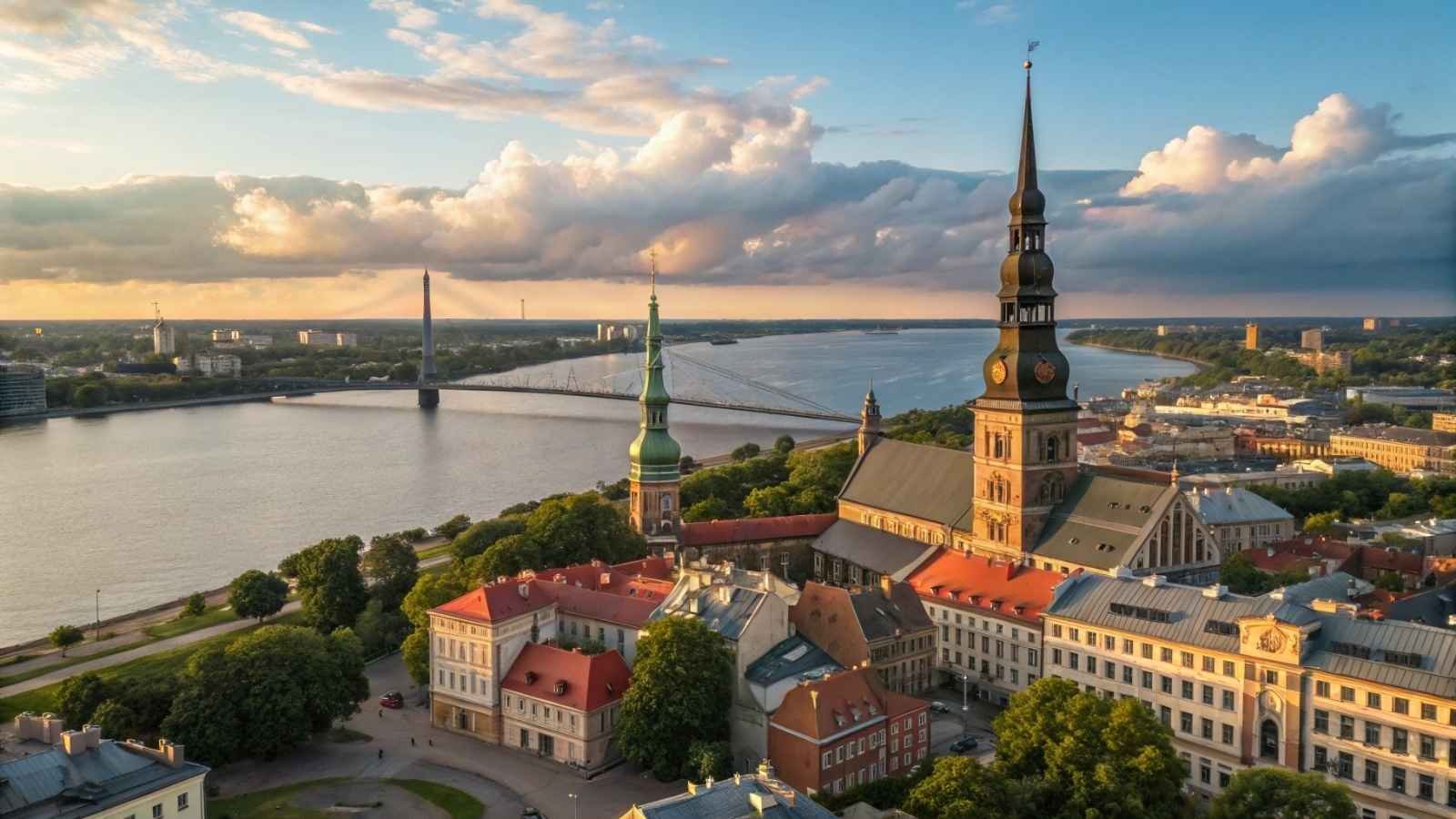
Latvia offers one of the most budget-friendly residency-by-investment options in the EU, and even better, a temporary residence permit via rental property or small financial deposits is often sufficient to get started under the Independent Means route. For digital nomads, the new Remote Work Visa is even more attractive.
Life in Latvia means living at the intersection of Baltic calm and European structure. Riga, the capital, is a vibrant hub with Wi-Fi in medieval courtyards, an impressive café culture, and gorgeous Art Nouveau architecture. Outside the city, you’ll find lakes, pine forests, and a slow-paced, affordable lifestyle.
Though winters are cold, the country makes up for it with cozy charm and one of the lowest costs of living in Europe—you can realistically set up your residency well under $25k, with plenty left over for your new life.
Quick Facts:
- Visa Type: Independent Means / Remote Work Visa
- Residency Cost Estimate: ~$7,000–$12,000
- Best Months to Visit: May–September
- Income Requirement: ~€1,300/month for Remote Visa applicants
- Path to Citizenship: After 10 years
- Healthcare: Efficient public and private options
- Languages Spoken: Latvian (Russian and English spoken in Riga)
8. Estonia – Digital Residency Pioneer with Real Residency Too
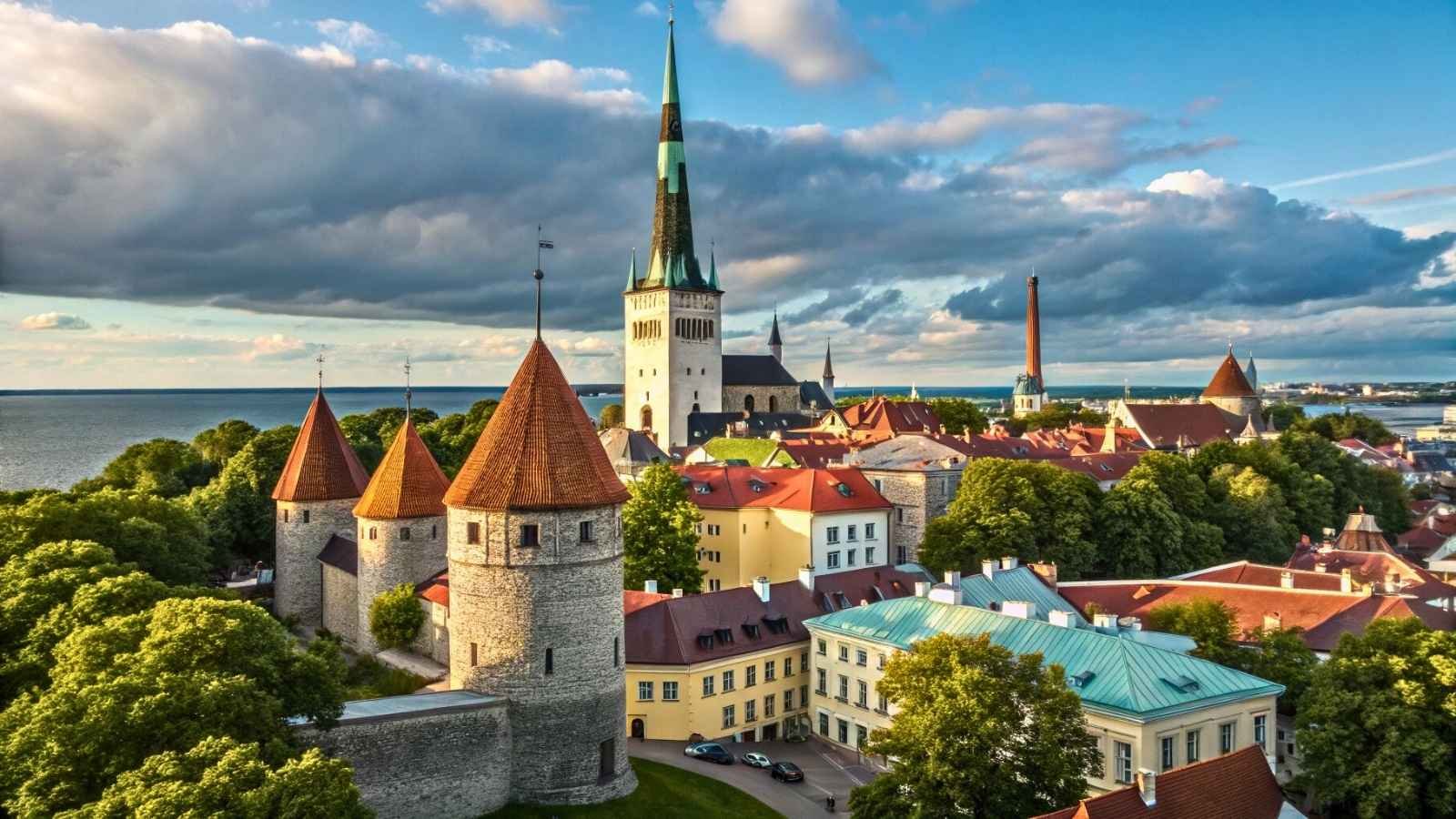
While Estonia’s e-Residency program isn’t a path to legal residence, its Digital Nomad Visa is—and it’s a streamlined, affordable entry point for remote workers with a steady income. With clear requirements and a straightforward application, you can be legally based in Estonia for under $10k total, including rent and health insurance.
Estonia is an ideal base for tech-minded travelers or those who appreciate minimalist beauty. Its capital, Tallinn, feels like a fairytale kingdom with fiber-optic internet. Outside the city, you’ll find quiet villages, ancient forests, and icy beaches—a refreshing contrast to the bustle of Western Europe.
Estonia also values transparency and efficiency, which makes its immigration and residency processes feel refreshingly modern. It’s one of the few countries where paperwork won’t drive you mad.
Quick Facts:
- Visa Type: Digital Nomad Visa
- Residency Cost Estimate: ~$5,000–$10,000
- Best Months to Visit: May–August
- Income Requirement: ~€4,500/month (gross, past 6 months)
- Path to Citizenship: After 8 years
- Healthcare: Mandatory coverage required; excellent digital systems
- Languages Spoken: Estonian (English is very common among younger generations)
9. Croatia – A Coastal Dream for Remote Workers

Croatia’s Digital Nomad Residence Permit is a recent addition to its residency offerings, and it’s an attractive one. For remote workers with stable income, the process is clear, the requirements reasonable, and the lifestyle perks? Next-level. You don’t even need a visa beforehand if applying from within the country.
Croatia is a patchwork of medieval towns, sparkling coastline, and vineyard-filled interiors. Cities like Split and Zadar blend seaside relaxation with work-friendly infrastructure. The cost of living is relatively low, especially outside of peak summer months, and you’ll find both historic charm and modern coworking hubs.
The permit is valid for up to one year, and while it doesn’t convert directly to permanent residency, it gives you a low-cost, legal way to test-drive life in Croatia—and perhaps fall in love with it.
Quick Facts:
- Visa Type: Digital Nomad Residence Permit
- Residency Cost Estimate: ~$4,000–$9,000
- Best Months to Visit: May–June and September
- Income Requirement: ~€2,700/month
- Path to Citizenship: Not via this permit directly (longer paths exist)
- Healthcare: Basic local insurance required for the permit; affordable private care
- Languages Spoken: Croatian (English widely spoken in cities and coast)
10. Hungary – Central Europe’s Quiet Winner
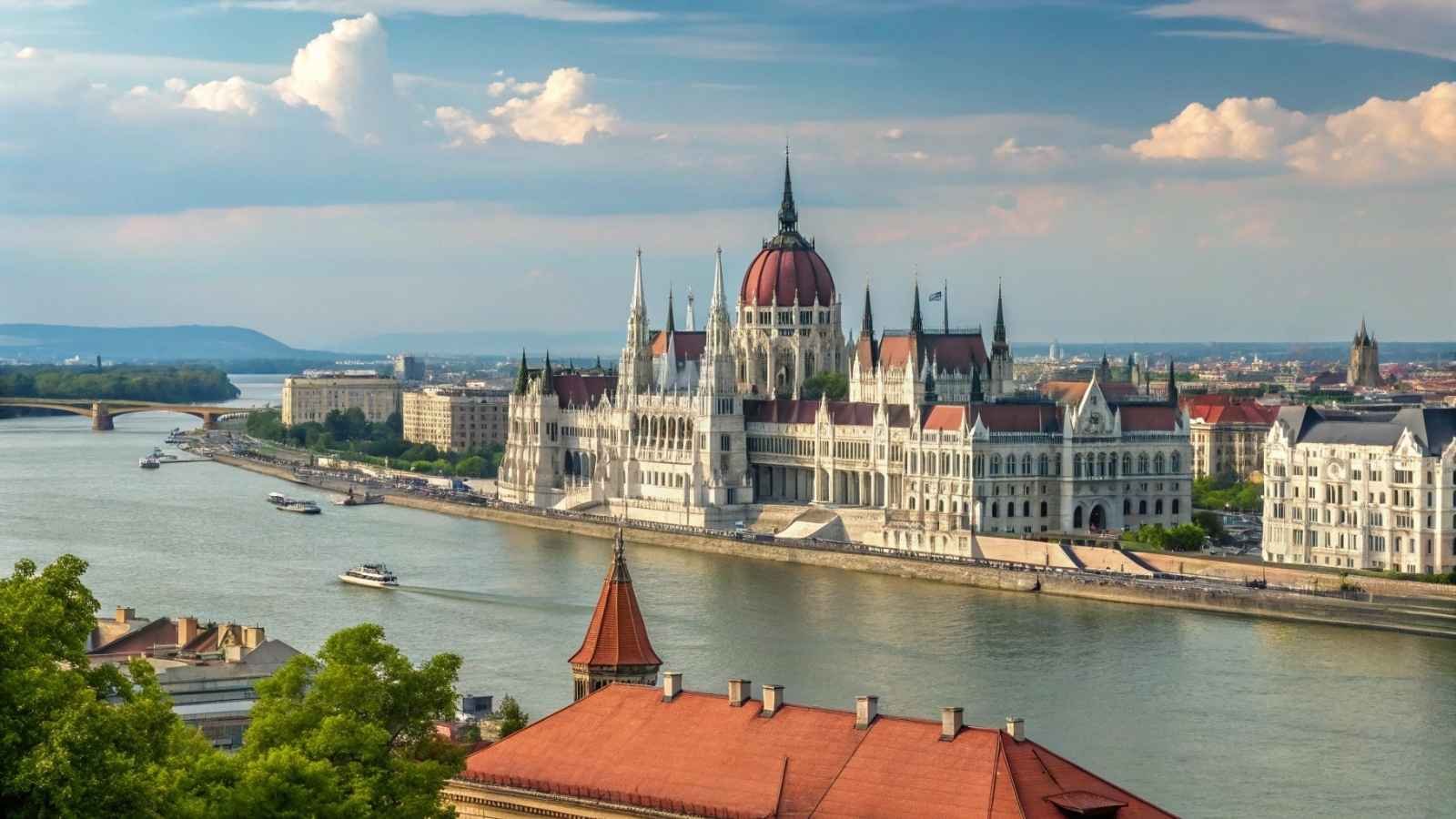
Hungary has long been known for its rich culture, thermal baths, and affordable living, but fewer people realize it offers a straightforward residency path through its White Card program for digital nomads, or through long-term visas for self-sufficient individuals.
Budapest is the standout—a cosmopolitan city where neo-Gothic buildings, lively cafés, and hot springs create a vibe that’s both inspiring and comforting. It’s a place where you can enjoy a glass of wine on the Danube for less than your daily coffee back home. Rent is shockingly low compared to Western Europe, making residency costs easily manageable under $25k.
Hungary is centrally located, giving easy access to travel across Europe. The quality of life is high, bureaucracy is moderate, and the language barrier is manageable with some patience (and Google Translate).
Quick Facts:
- Visa Type: White Card / Long-Term Stay for Self-Sufficiency
- Residency Cost Estimate: ~$6,000–$12,000
- Best Months to Visit: April–June and September–October
- Income Requirement: ~€2,000/month
- Path to Citizenship: After 8 years
- Healthcare: Public and private systems, both affordable
- Languages Spoken: Hungarian (English is common among youth and professionals)
11. Romania – A European Base Without the Price Tag
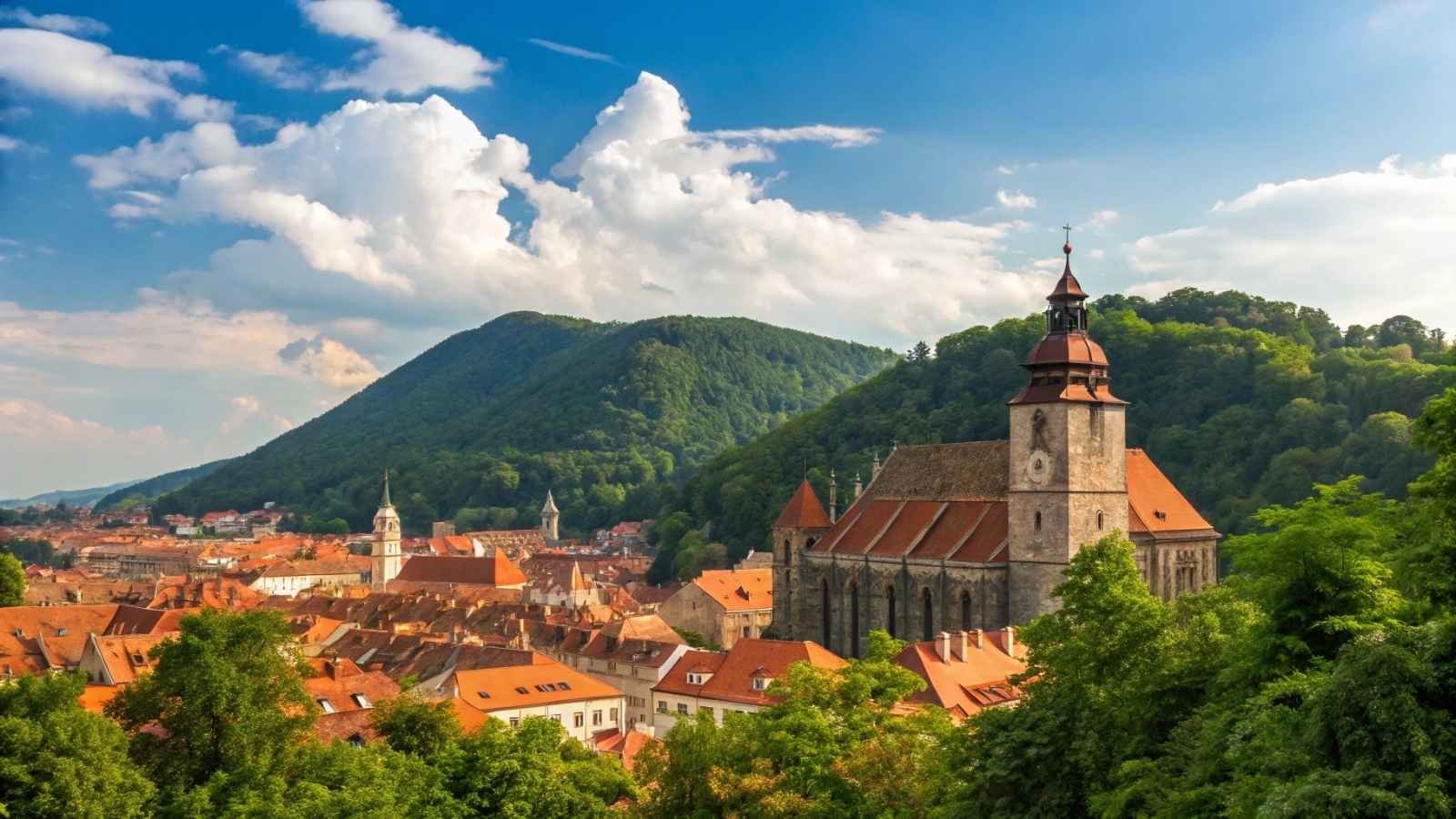
If your ideal residency blends affordability with European authenticity, Romania quietly checks all the boxes. It’s not one of those headline-hogging countries, but it offers a clear path to residency via long-stay visas, especially for those who can show independent income, remote work, or business plans.
From the vampire lore of Transylvania to the energy of Bucharest, Romania surprises you with its diversity. Living costs are among the lowest in the EU, and the infrastructure—especially internet and public transport—punches above its weight. You’ll find plenty of coworking spaces in cities, and in smaller towns, your rent could be less than your weekly grocery bill in the West.
Residency here isn’t just accessible—it’s practical. And for those eyeing long-term integration into the EU with a softer landing, Romania offers a smart stepping stone.
Quick Facts:
- Visa Type: Long-Stay D Visa (business, self-supporting, or remote work routes)
- Residency Cost Estimate: ~$5,000–$9,000
- Best Months to Visit: May–June and September
- Income Requirement: Varies; ~€1,200+/month is typical for self-supporting
- Path to Citizenship: After 8 years
- Healthcare: Public and private healthcare systems
- Languages Spoken: Romanian (English is common among youth and in tech sectors)
12. Bulgaria – A Balkan Bargain with EU Perks

Tucked just below the radar, Bulgaria offers one of the simplest and least expensive routes to residency in the EU. The process for non-EU citizens includes options like the Type D visa for retirees or financially self-sufficient individuals, requiring only modest income proof and local housing.
The country is laid-back, deeply historic, and blissfully inexpensive—especially in towns like Plovdiv or Veliko Tarnovo. Want city life? Sofia offers a surprisingly hip, coffee-fueled, and creative scene. Want beach or mountains? Bulgaria has both, and they’re easy to reach. For under $25k, you can easily settle in and still have plenty of runway left.
Its low taxes, fast internet, and EU mobility make Bulgaria one of the most strategic choices for long-term planners.
Quick Facts:
- Visa Type: Type D (retiree, business, or self-support routes)
- Residency Cost Estimate: ~$4,500–$8,000
- Best Months to Visit: May–July and September–October
- Income Requirement: ~€1,500/month
- Path to Citizenship: After 5 years of permanent residency, 10 years for citizenship
- Healthcare: Affordable public and private systems
- Languages Spoken: Bulgarian (English widely spoken in larger cities)
13. Georgia – Open Doors, Minimal Bureaucracy

Here’s where things get even more interesting: Georgia (the country, not the U.S. state) offers a residency pathway that’s so frictionless it feels almost surreal. Citizens of many countries, including the U.S., EU nations, and others, can stay visa-free for up to one year, and converting to residency is straightforward and low-cost.
Tbilisi, the capital, has exploded in popularity with remote workers and creatives. There’s a gritty beauty in its crumbling balconies and art-covered courtyards, and an entrepreneurial energy that’s contagious. Add in a low cost of living, modern banking, and delicious food and wine, and Georgia becomes more than a stopover—it becomes home.
Residency often starts with just a rental agreement and a basic bank deposit, making it one of the most accessible legal residencies you’ll find anywhere, not just in Europe.
Quick Facts:
- Visa Type: Long-Term Residence via Real Estate or Financial Self-Sufficiency
- Residency Cost Estimate: ~$3,000–$7,000
- Best Months to Visit: April–June and September–October
- Income Requirement: Low—proof of income or local bank funds (~$6,000)
- Path to Citizenship: After 10 years
- Healthcare: Private healthcare is affordable and accessible
- Languages Spoken: Georgian (English common in tourist/expat hubs)
14. Albania – Europe’s Best-Kept Residency Secret

Albania has a wild-card charm to it. It doesn’t just offer affordable living and scenic coastlines, it also provides a fast and easy long-term residency route for foreigners who want to live in the heart of the Balkans. Remote workers, retirees, and even explorers just seeking something new will find that Albania offers flexibility that most other countries don’t.
What’s the catch? There isn’t much of one. The annual residency permit is renewable and can eventually lead to permanent residency. You’ll find beachfront apartments for a fraction of what you’d pay elsewhere in Europe, and a warm, hospitable culture that often feels more Mediterranean than Eastern European.
For budget nomads and long-term thinkers alike, Albania is a no-fuss, all-access pass to a slower, simpler version of Europe.
Quick Facts:
- Visa Type: Annual Residence Permit (renewable)
- Residency Cost Estimate: ~$4,000–$7,000
- Best Months to Visit: May–June and September
- Income Requirement: Basic proof of funds or income (~€1,000/month sufficient)
- Path to Citizenship: After 5 years of residency
- Healthcare: Basic public, improving private options
- Languages Spoken: Albanian (Italian and English spoken in tourist areas)
15. North Macedonia – Low Cost, High Simplicity
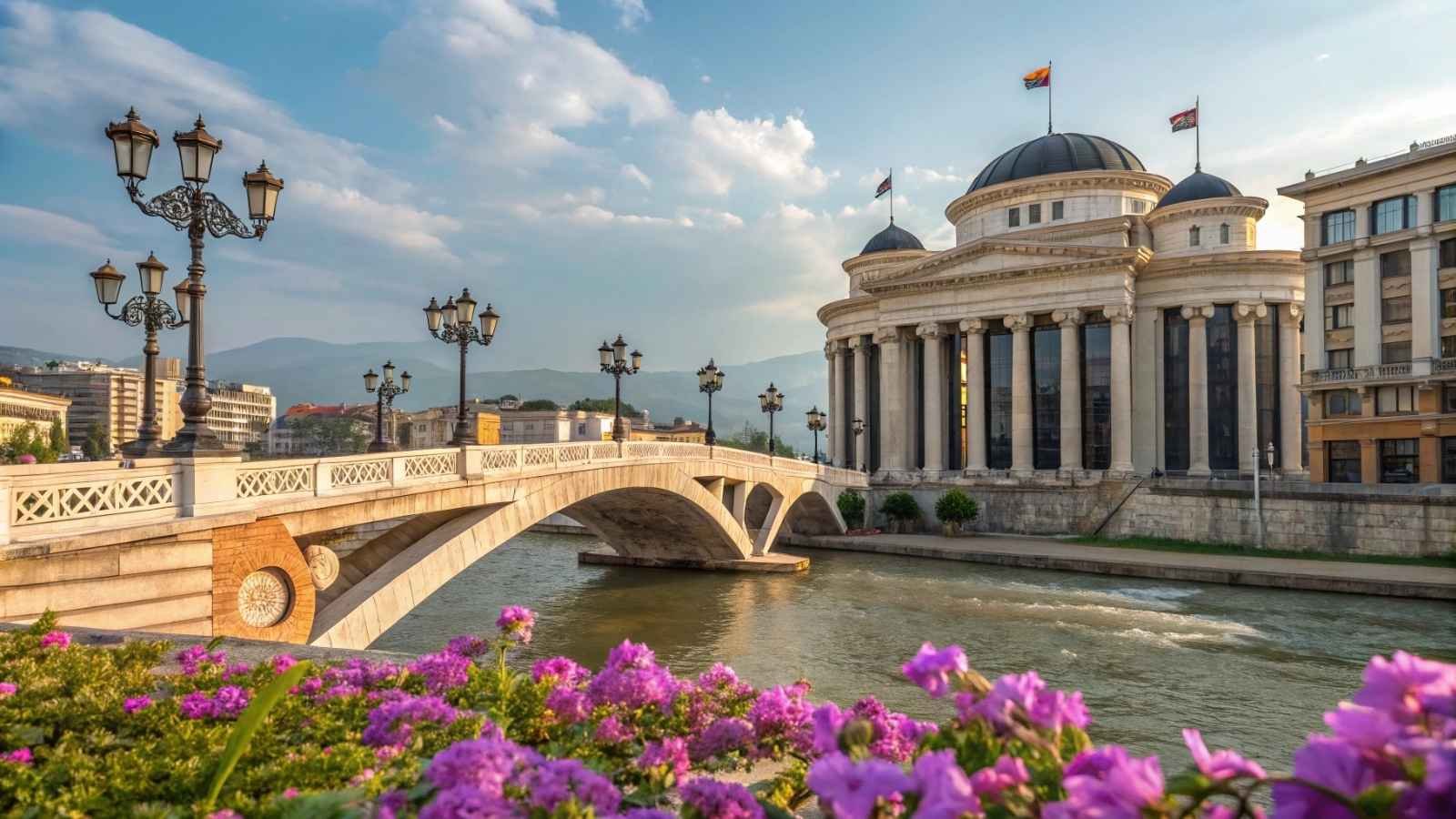
Rounding out the list is North Macedonia, a country that keeps things simple—a rarity in the world of immigration bureaucracy. With minimal requirements, a long-stay visa or temporary residency can be granted for those with modest income and a place to live. No real estate purchases, no language tests, no long interviews—just straight-up paperwork and proof you can support yourself.
Skopje, the capital, blends brutalist architecture with a growing café scene and emerging digital nomad culture. Outside the city, you’ll find Ohrid’s lakeside serenity, scenic hikes, and surprisingly solid infrastructure. Best of all? You can realistically live here for under $1,000 a month, making it one of the most underrated bases for long-term European life.
If you’re someone who values access over flash, North Macedonia delivers a streamlined, honest approach to legal residency that respects both your wallet and your time.
Quick Facts:
- Visa Type: Temporary Residence Permit
- Residency Cost Estimate: ~$4,000–$8,000
- Best Months to Visit: May–October
- Income Requirement: Proof of funds (~€800–€1,000/month)
- Path to Citizenship: After 8 years
- Healthcare: Affordable and improving public-private mix
- Languages Spoken: Macedonian (English understood in cities)






